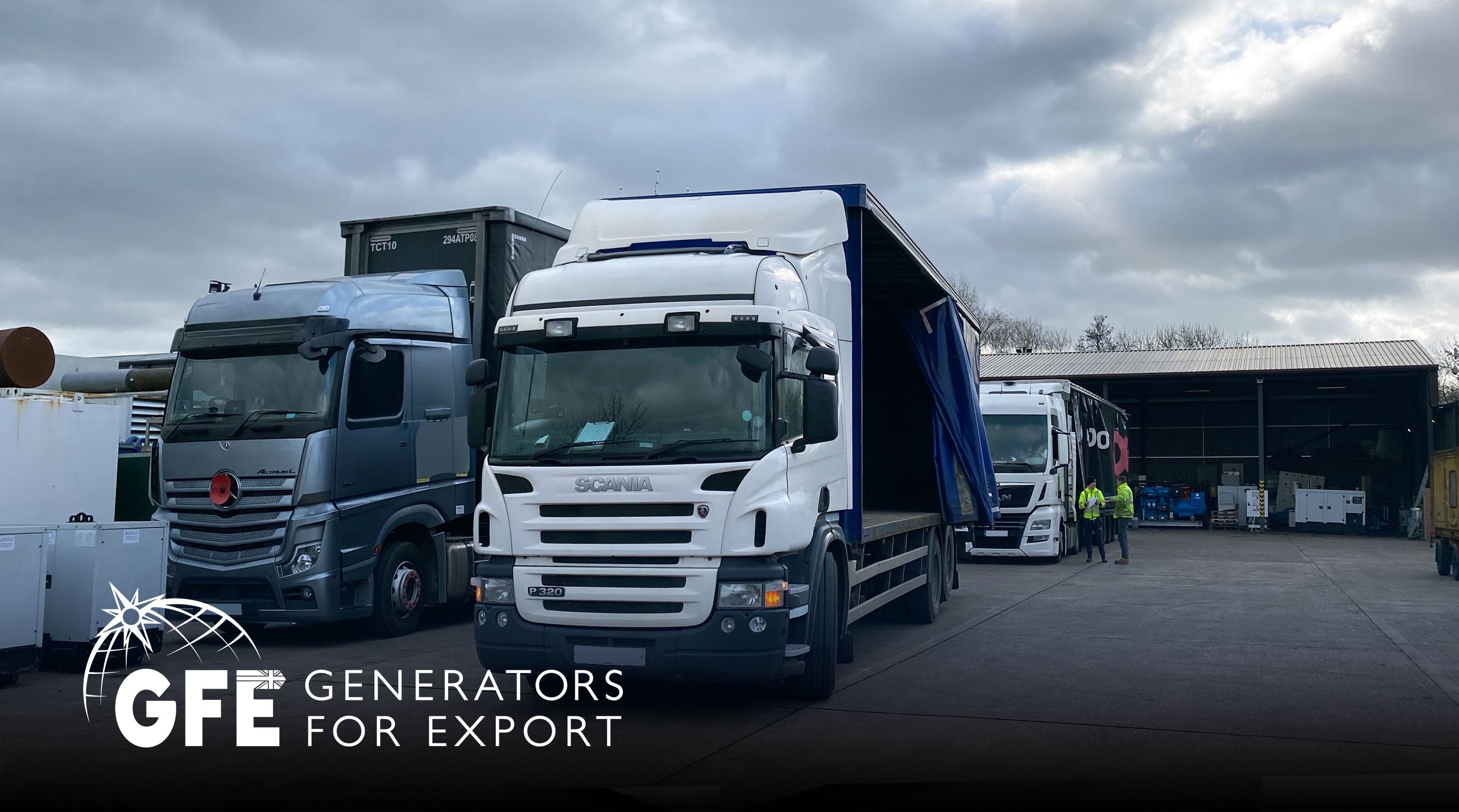Shipping a diesel generator involves careful planning and coordination to ensure its safe and timely transportation. Here are some key considerations and steps involved in the logistics of shipping a diesel generator:
Determine shipping requirements: Assess the specifications of the diesel generator, such as its weight, dimensions, and fuel capacity. This information is crucial in determining the appropriate shipping method and equipment required.
Choose a shipping method: Depending on the size and destination of the generator, you can opt for various shipping methods, including:
- Less than Truckload (LTL) freight: Suitable for smaller generators, where your generator will be transported alongside other shipments on a shared truck.
- Full Truckload (FTL) freight: Ideal for larger generators, where you can book an entire truck to transport your generator exclusively.
- Ocean freight: If you are shipping internationally or over long distances, you can consider containerised shipping via sea freight. This option is more time-consuming but cost-effective for bulk shipments.
- Air freight: If time is of the essence, air freight can be used for faster delivery. However, it is generally more expensive compared to other options.
Research shipping regulations: Understand and comply with the shipping regulations and requirements of the origin and destination countries. This includes customs regulations, import/export permits, and any restrictions on the transportation of diesel generators.
Packaging and securing the generator: Ensure the generator is properly secured and protected during transit. Use appropriate packaging materials to prevent damage from vibrations and ensure the generator is well-insulated against weather conditions.
Documentation and labelling: Prepare all necessary shipping documentation, such as the bill of landing, commercial invoice, and packing list. Clearly label the generator and its packaging with appropriate shipping labels, including addresses, handling instructions, and any hazardous material warnings if applicable.
Arrange transportation: Coordinate with a reliable shipping company or freight forwarder that specialises in handling heavy equipment or generator shipments. They will help you with the logistics of transportation, including arranging pickup, tracking the shipment, and coordinating delivery to the destination.
Insurance: Consider insuring the diesel generator during transit to protect against any potential damage or loss. Check with your shipping provider or insurance company to understand the available coverage options.
Tracking and monitoring: Keep track of your shipment using tracking numbers or other monitoring systems provided by the shipping company. This allows you to stay informed about the progress and estimated arrival time of the generator.
Customs clearance and documentation: If shipping internationally, be prepared to handle customs clearance procedures at both the origin and destination countries. Ensure you have all the necessary documentation and comply with any customs requirements, including duties, taxes, and import regulations.
Delivery and installation: Upon arrival at the destination, make arrangements for unloading and installation of the diesel generator. Depending on the size and complexity of the generator, you may need specialised equipment and technicians to handle the installation process.
Remember, the specific logistics and requirements may vary depending on the size, destination, and shipping method chosen for your diesel generator. It is advisable to consult with shipping professionals or freight forwarders experienced in handling heavy equipment to ensure a smooth and successful shipping process.
The Generators For Export team are experts in transporting generators over seas. We are here to make the export process as smooth as possible. We have a huge range of used generators available, get in touch today!
Call: +44(0)1386 553344 | Email: sales@gfe.uk.com

